Out of nowhere, the picture shifted to Tim Cook, who wanted to inform us about a huge and historic step. What many apple fans have been waiting for is finally here. Apple is finally switching to its own ARM chips. First, it all started with the iPhone, specifically with the A4 chip, and gradually we got to the A13 chip - in all cases there was an improvement, several times. The iPad also got its own chips in the same way. Now the iPad has up to 1000x better graphics performance compared to the first iPad. Later, even the Apple Watch received its own chip. During that time, Apple managed to produce up to 2 billion of its own chips, which is a really respectable number.
It could be interest you

It can be said that Macs and MacBooks remain the only devices that do not have their own processors. As part of portable computers, users had the opportunity to use Power PC processors for the first time. However, these processors were replaced in 2005 by processors from Intel, which are used until now. Apple didn't say it outright, but quite possibly it had had enough of all the problems and struggles with processors from Intel - that's also why it decided to switch to its own ARM processors, which it calls Apple Silicon. Apple indicates that the entire transition to its own processors will take about two years, the very first devices with these processors should appear at the end of this year. Let's look together at solutions that will make the transition to ARM processors pleasant for both developers and users.
macOS 11 Big Sur:
Of course, it is clear that Apple cannot completely end support for its devices that continue to run Intel chips within two years. 15 years ago, when it was switching from PowerPC to Intel, Apple introduced a special software called Rosetta, with the help of which it was possible to run programs from Power PC even on processors from Intel - without the need for complex programming. In the same way, applications from Intel will also be available on Apple's own ARM processors, with the help of Rosetta 2. However, most applications will reportedly work without using Rosetta 2 - this emulation software will have to be used only for those applications that will not work immediately. Thanks to ARM processors, it will now be possible to use virtualization - within macOS, you will be able to install, for example, Linux and other operating systems without the slightest problem.
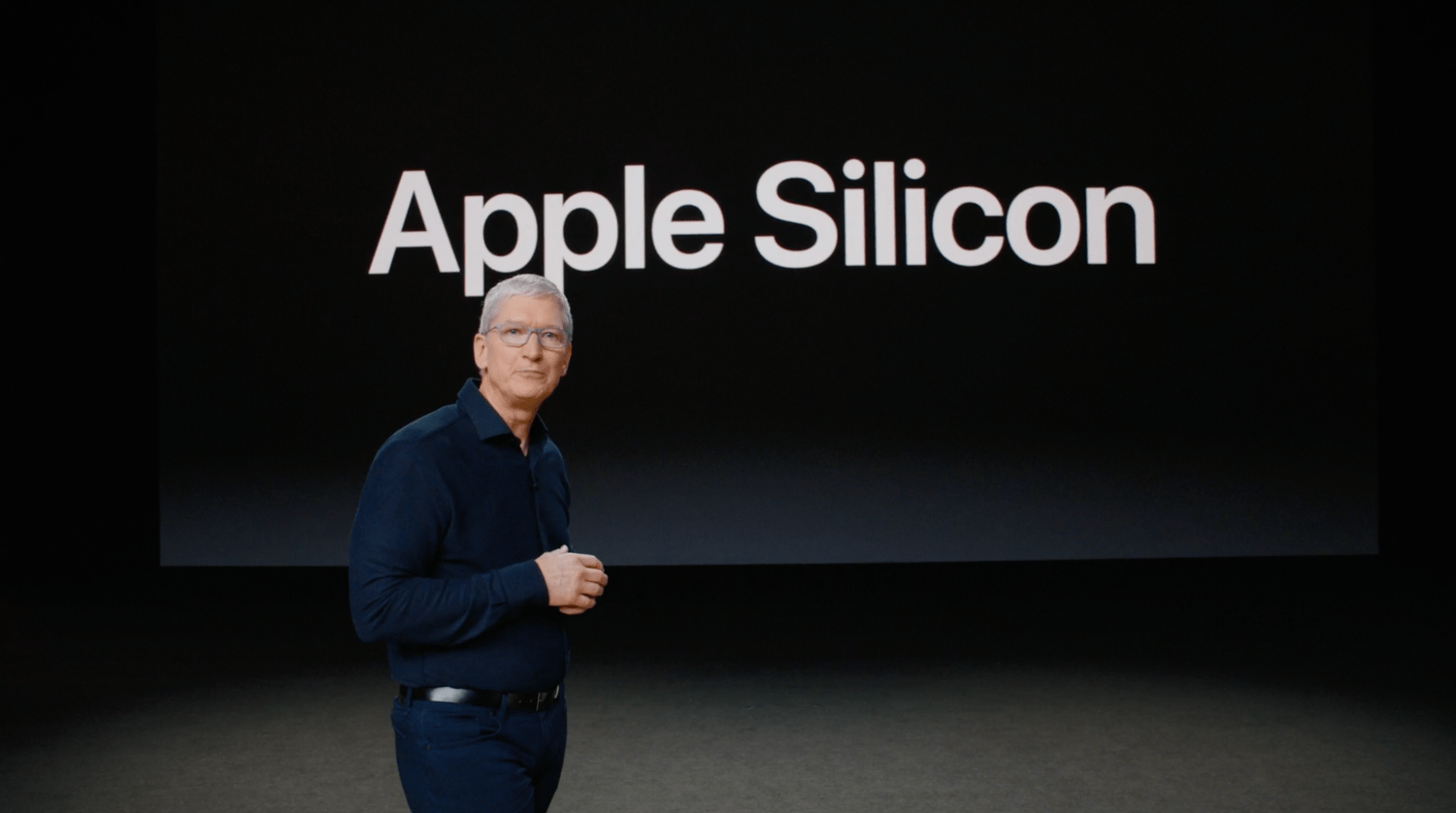
So that Apple can help developers with the transition to their own ARM processors, it will offer a new special Developer Transition Kit - this is specifically a Mac mini that will run on the A12X processor, which you may know from the iPad Pro. Furthermore, this Mac mini will have a 512 GB SSD and 16 GB of RAM. Thanks to this Mac mini, developers will be able to quickly adapt to a new environment with their own Apple Silicon processors. The question now remains which Mac or MacBook will be the first to have its own Apple Silicon chip.
It could be interest you
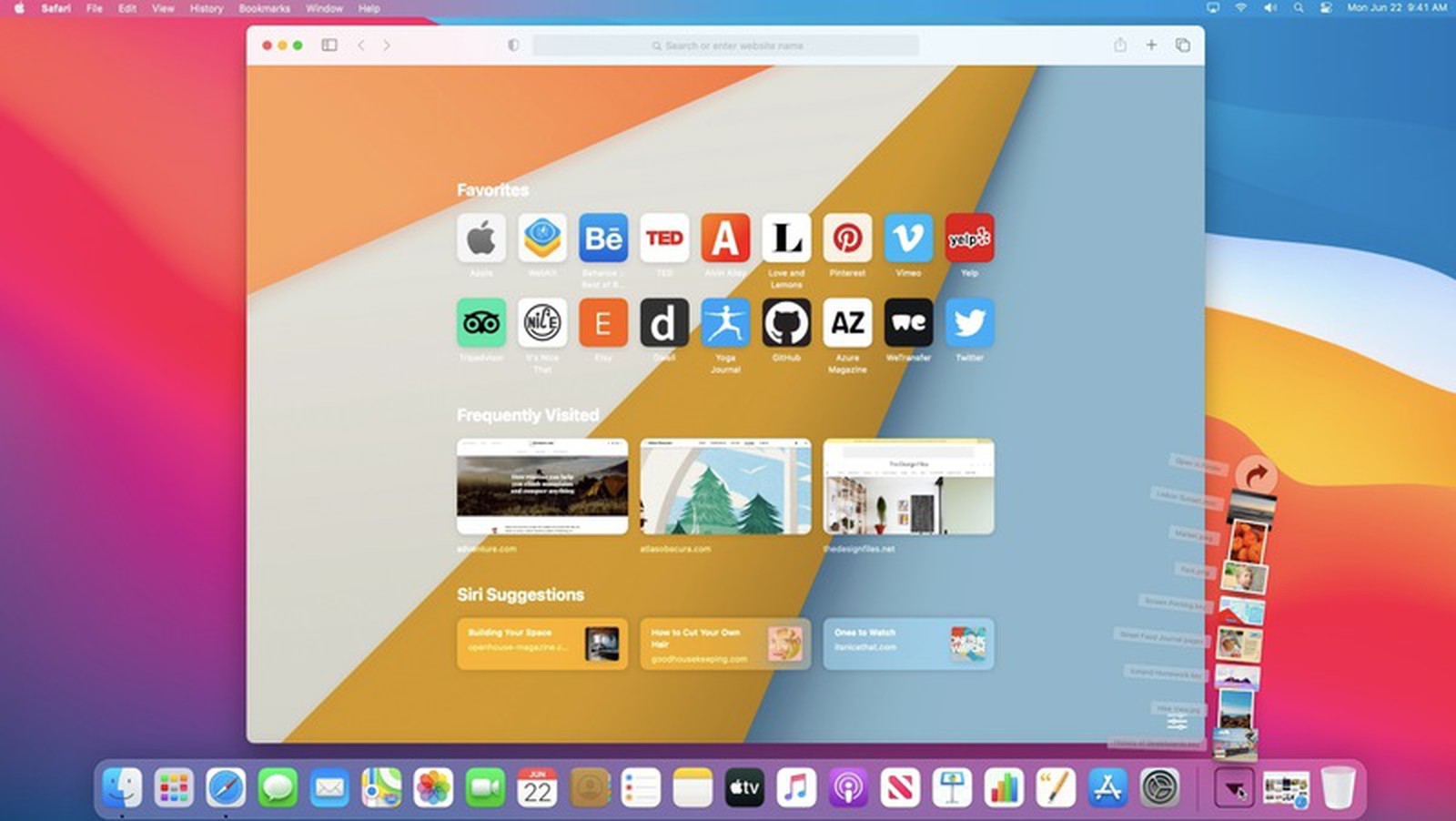
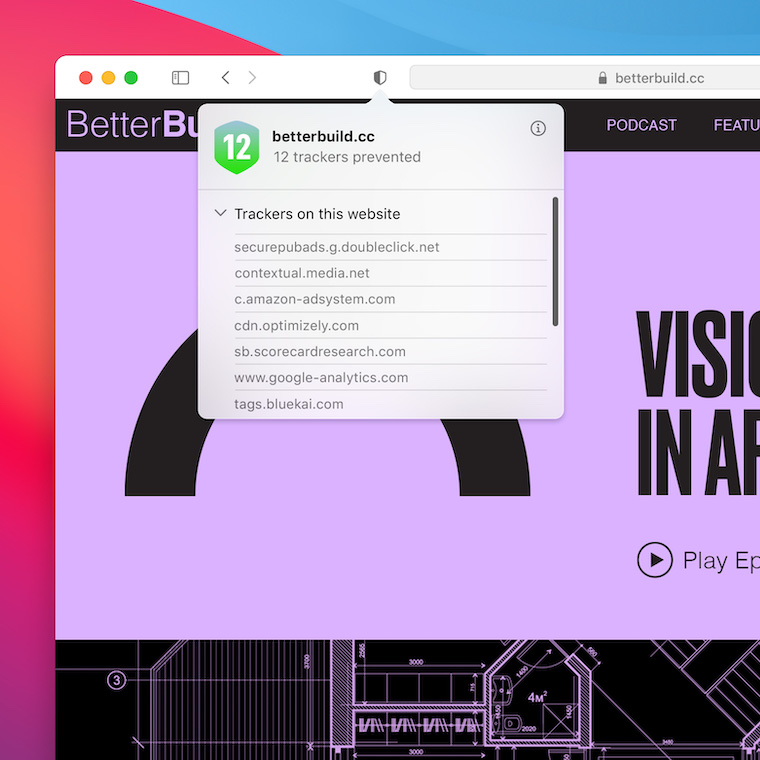
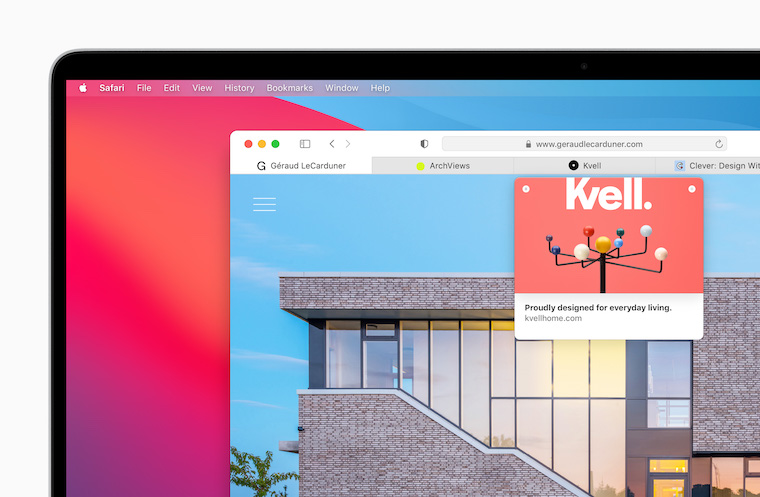
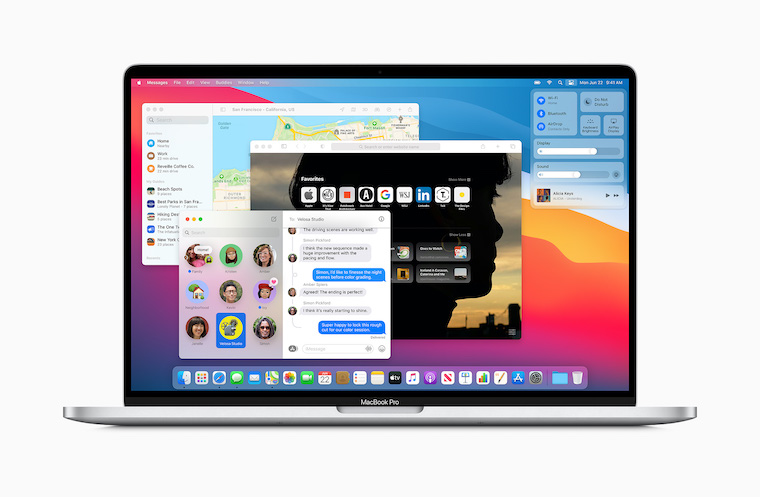
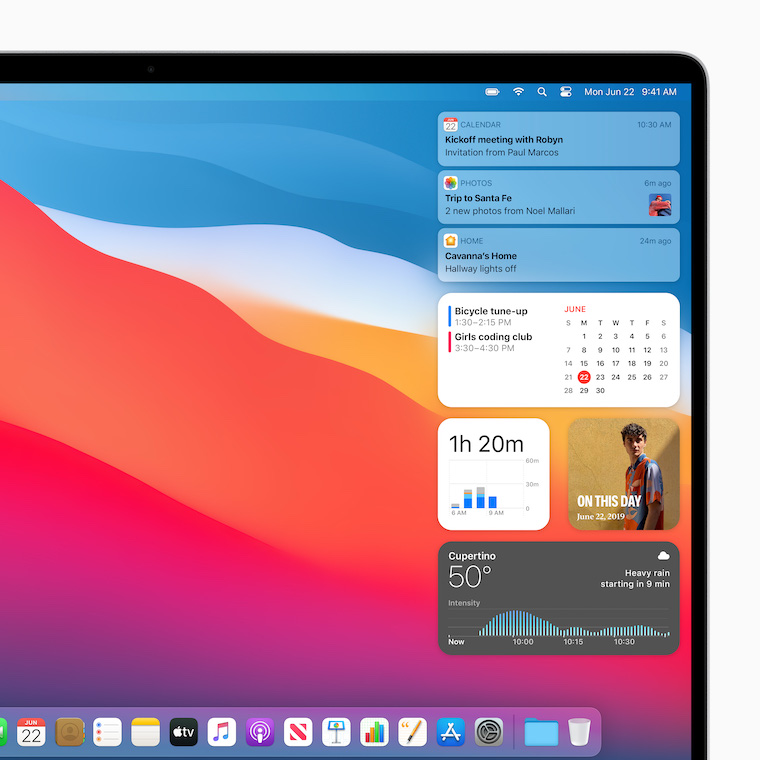
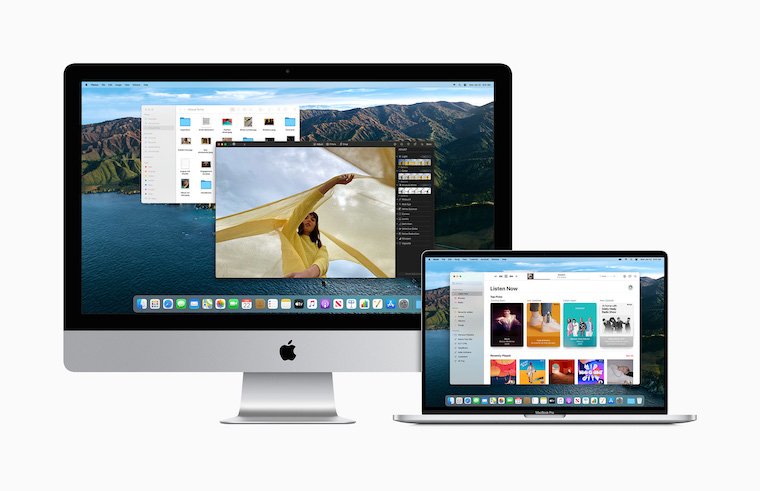

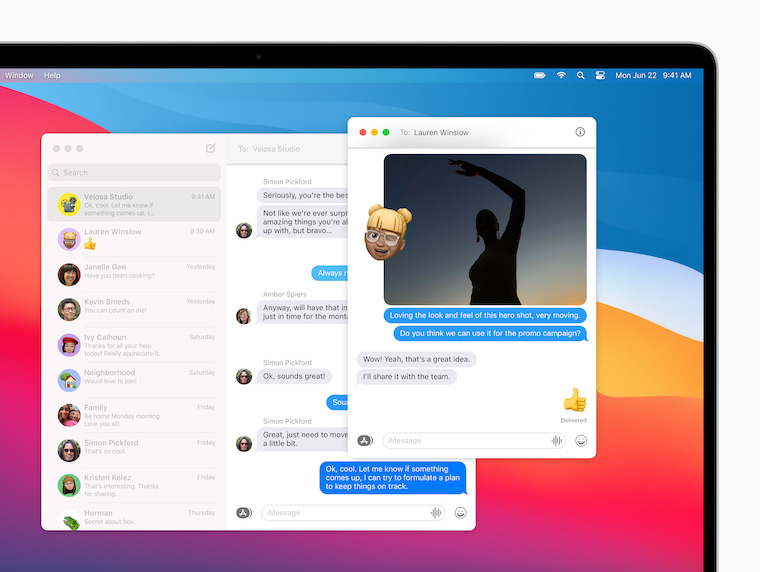
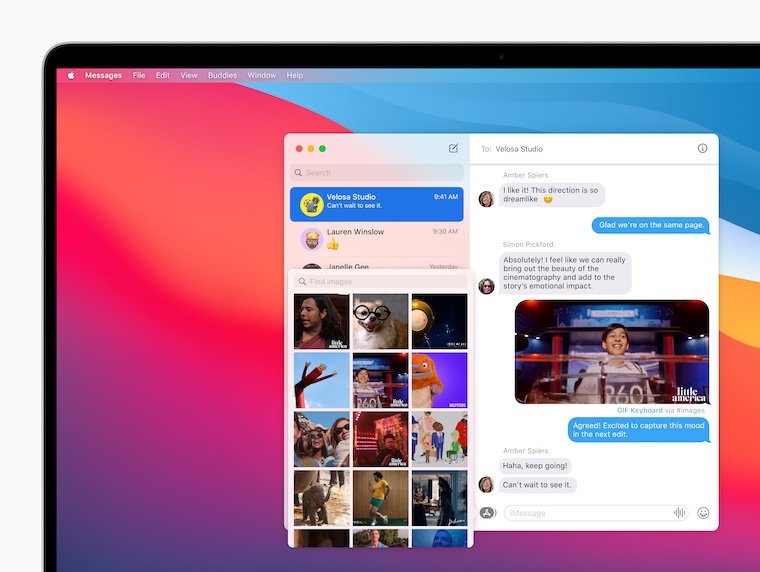
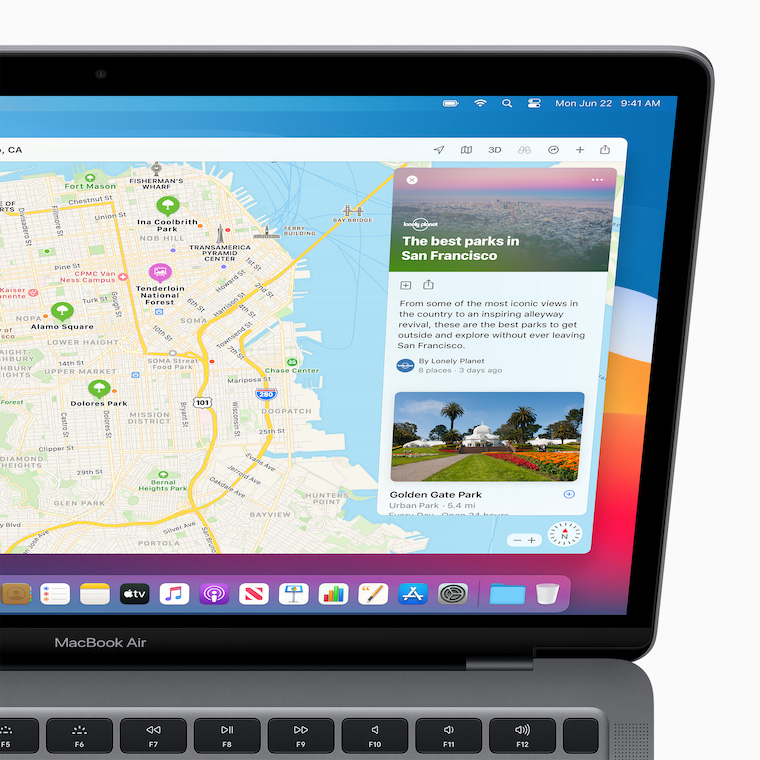
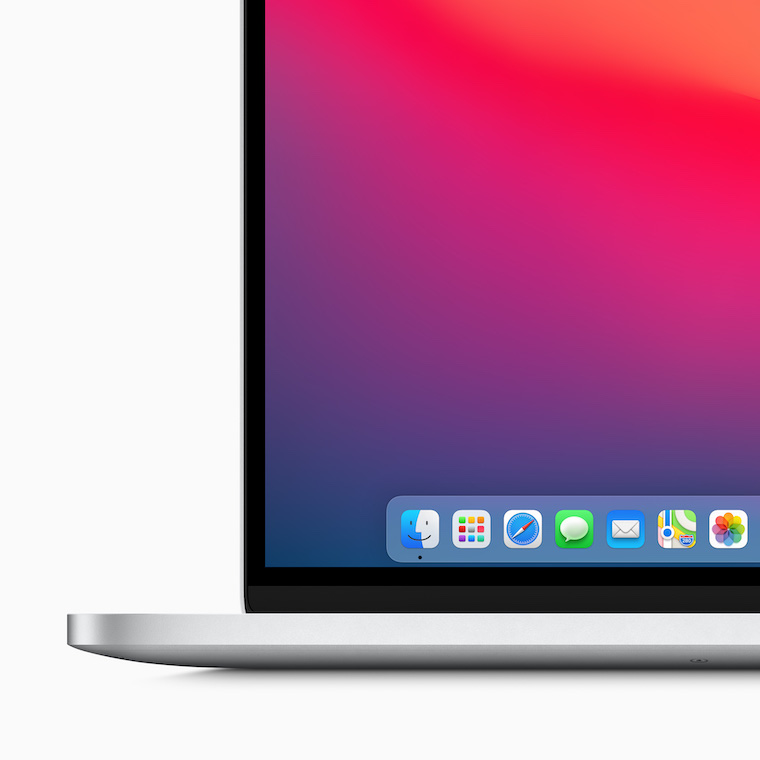
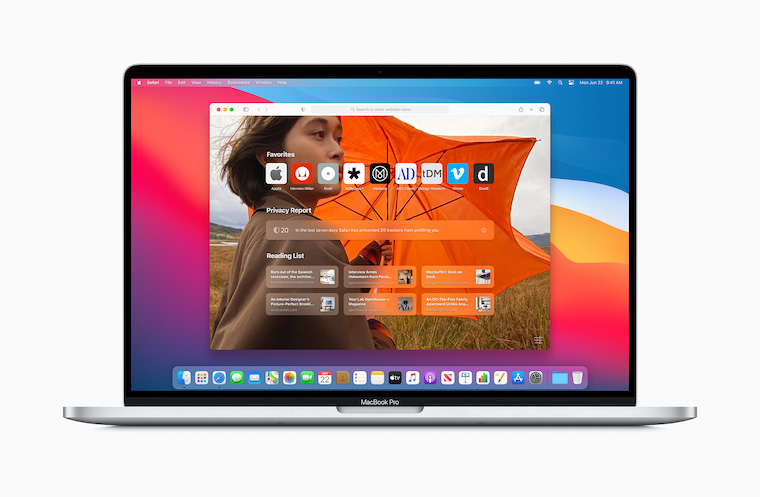
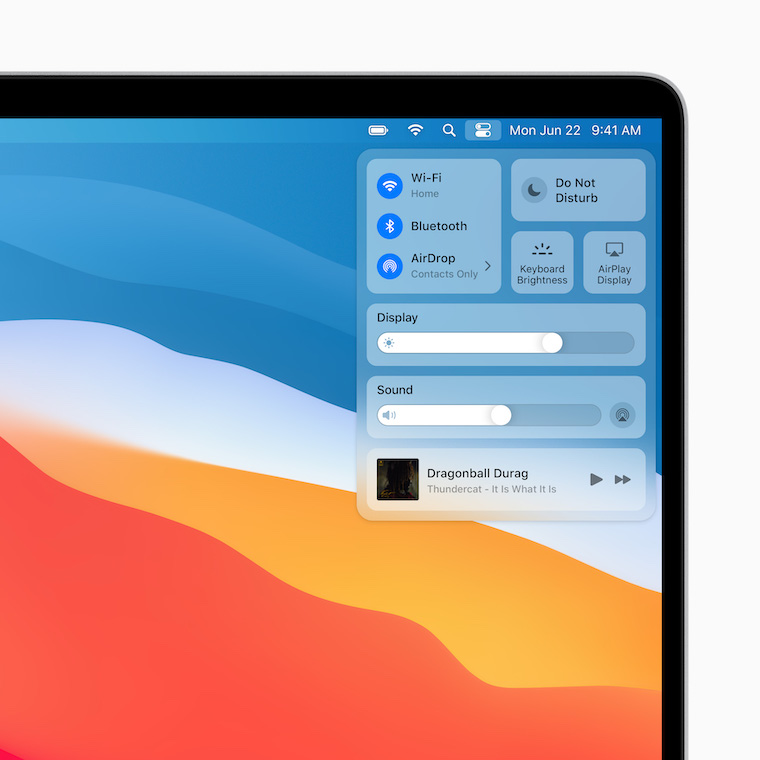
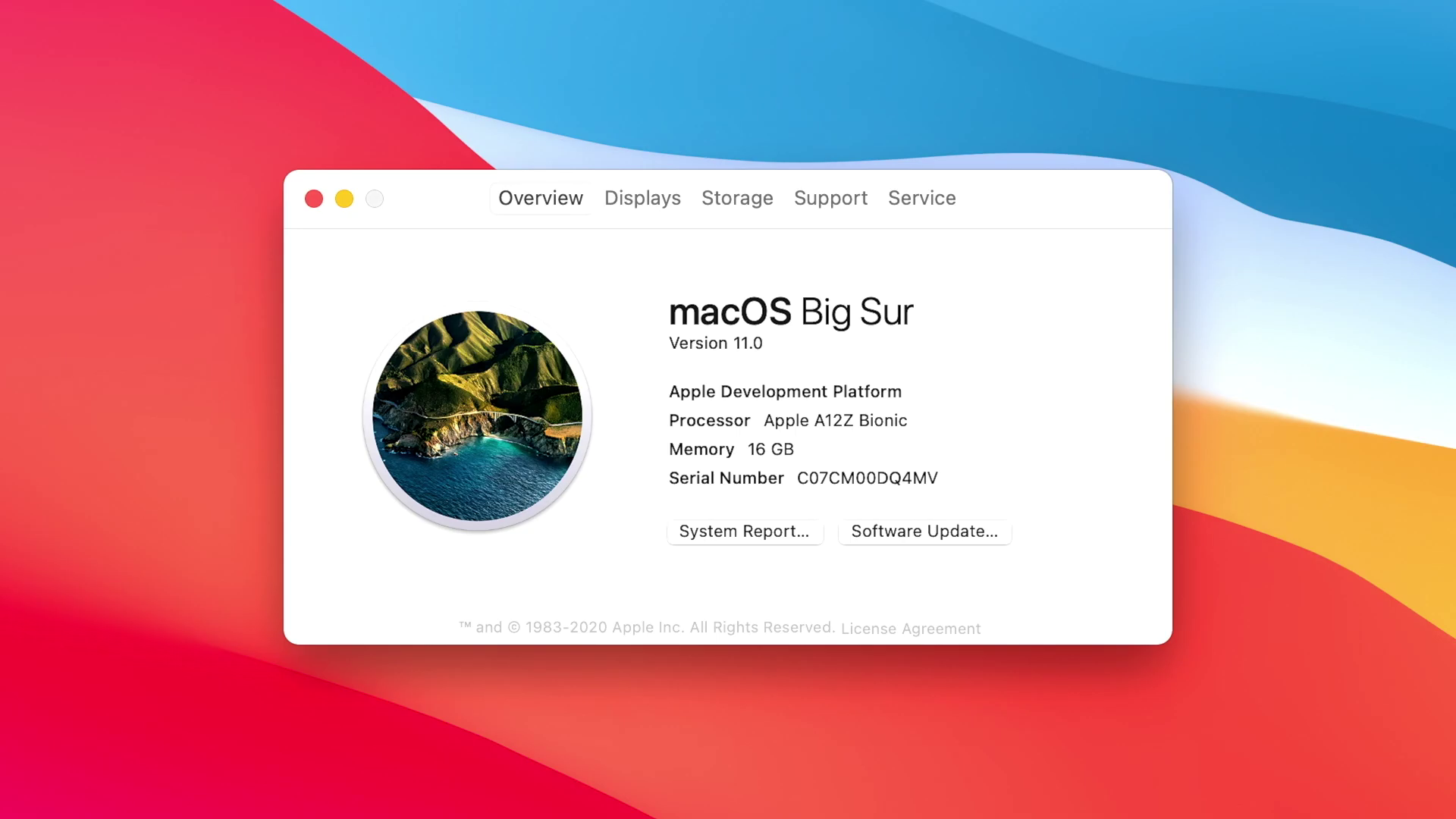

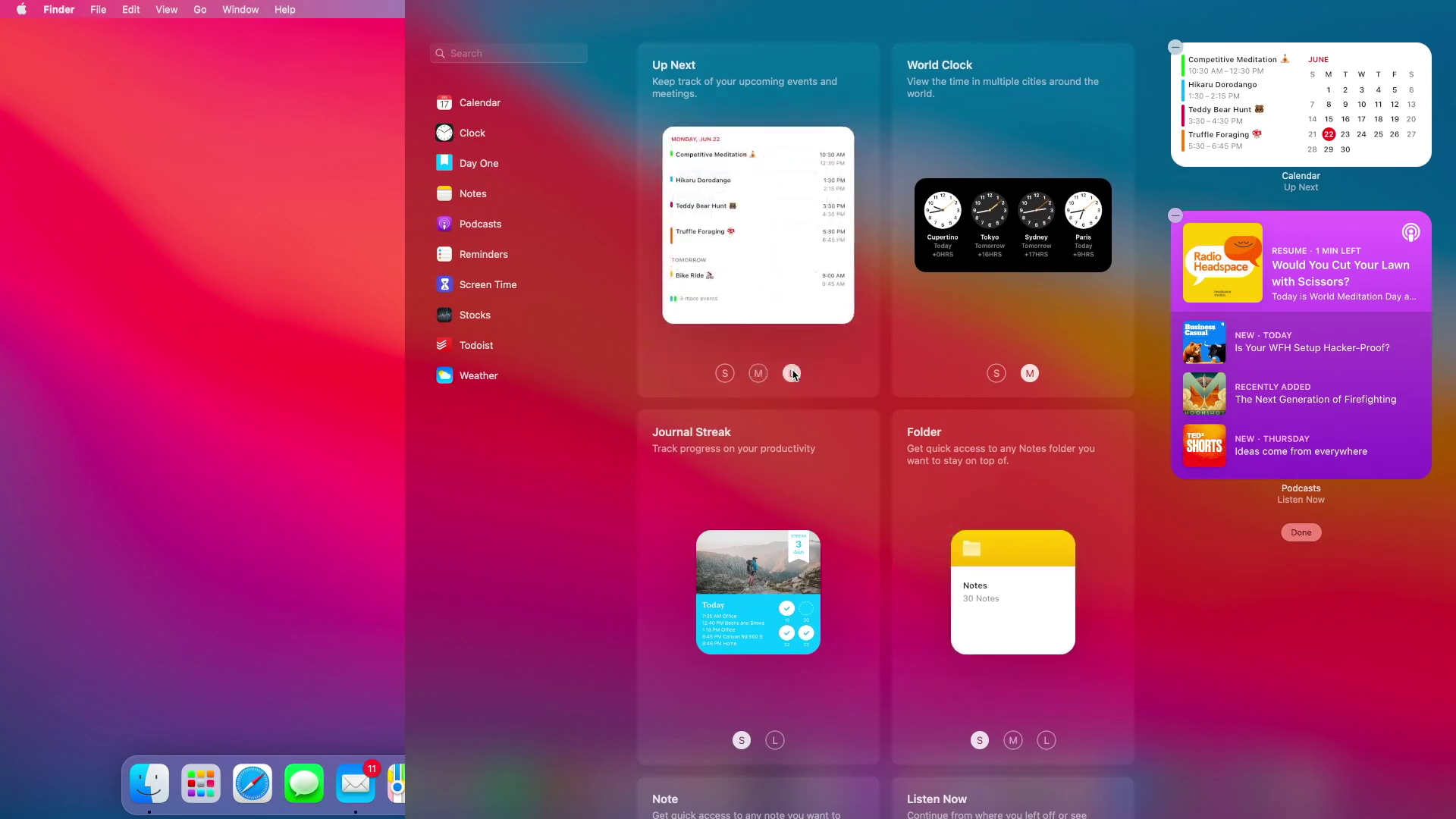
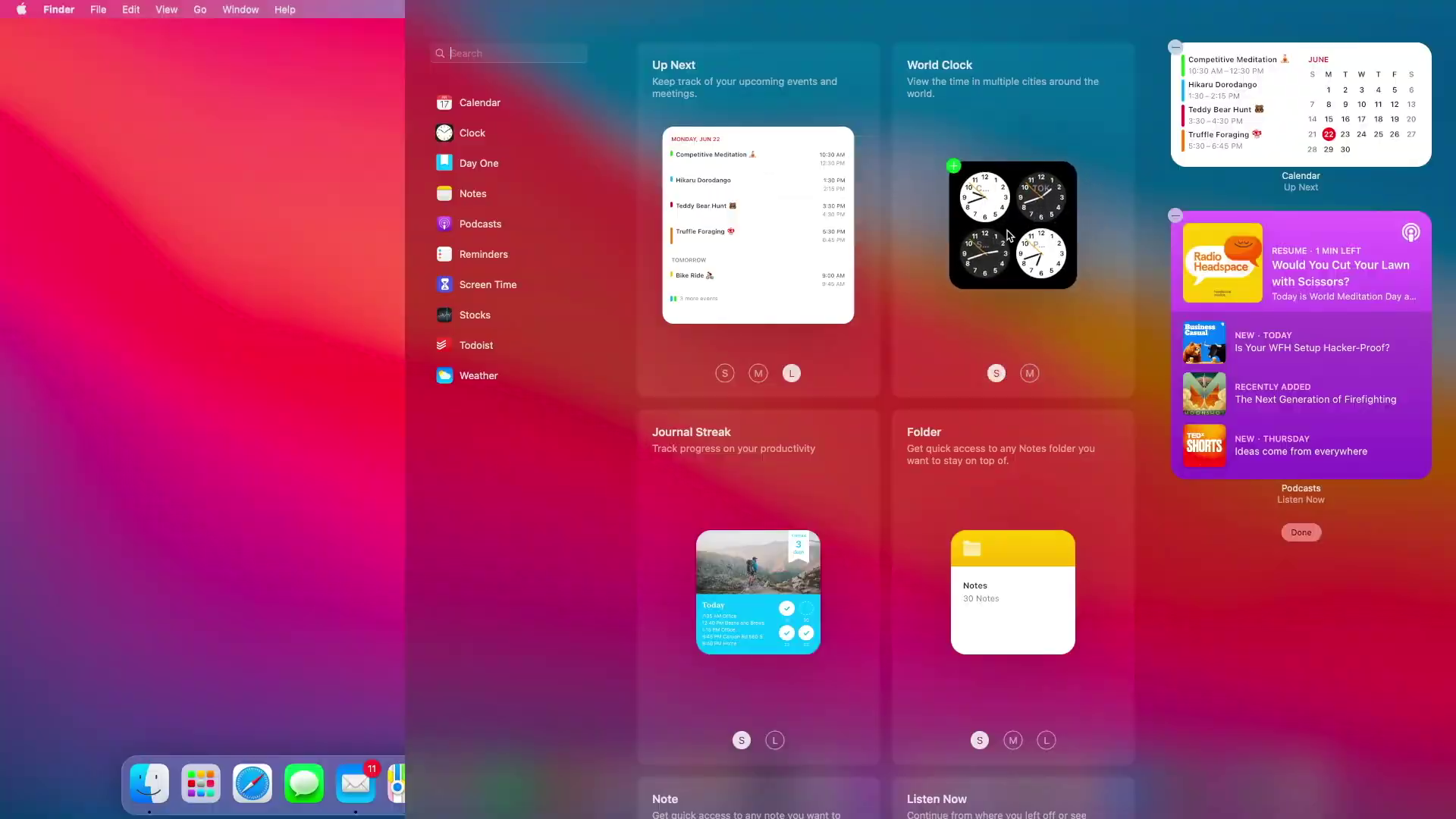
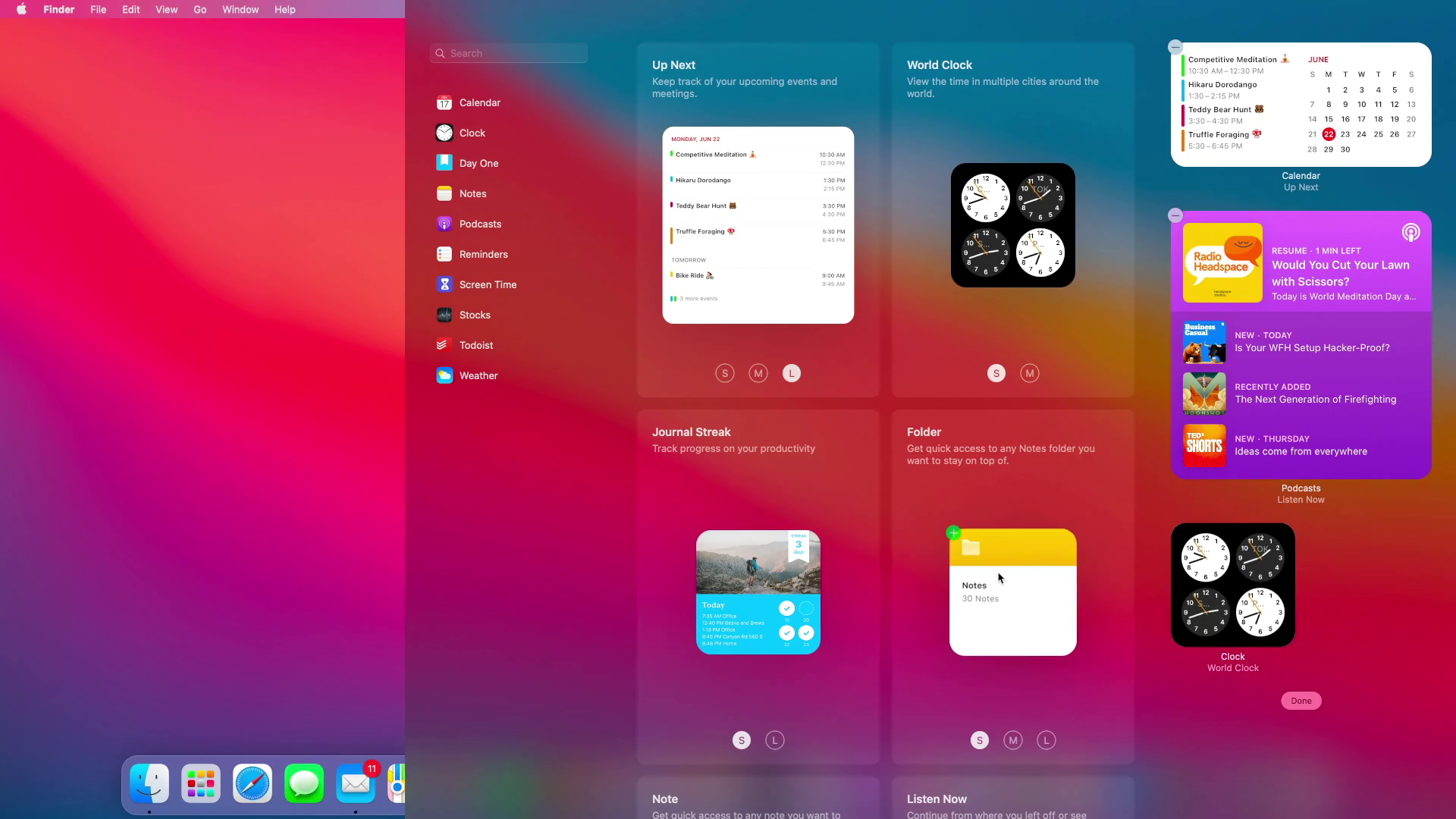
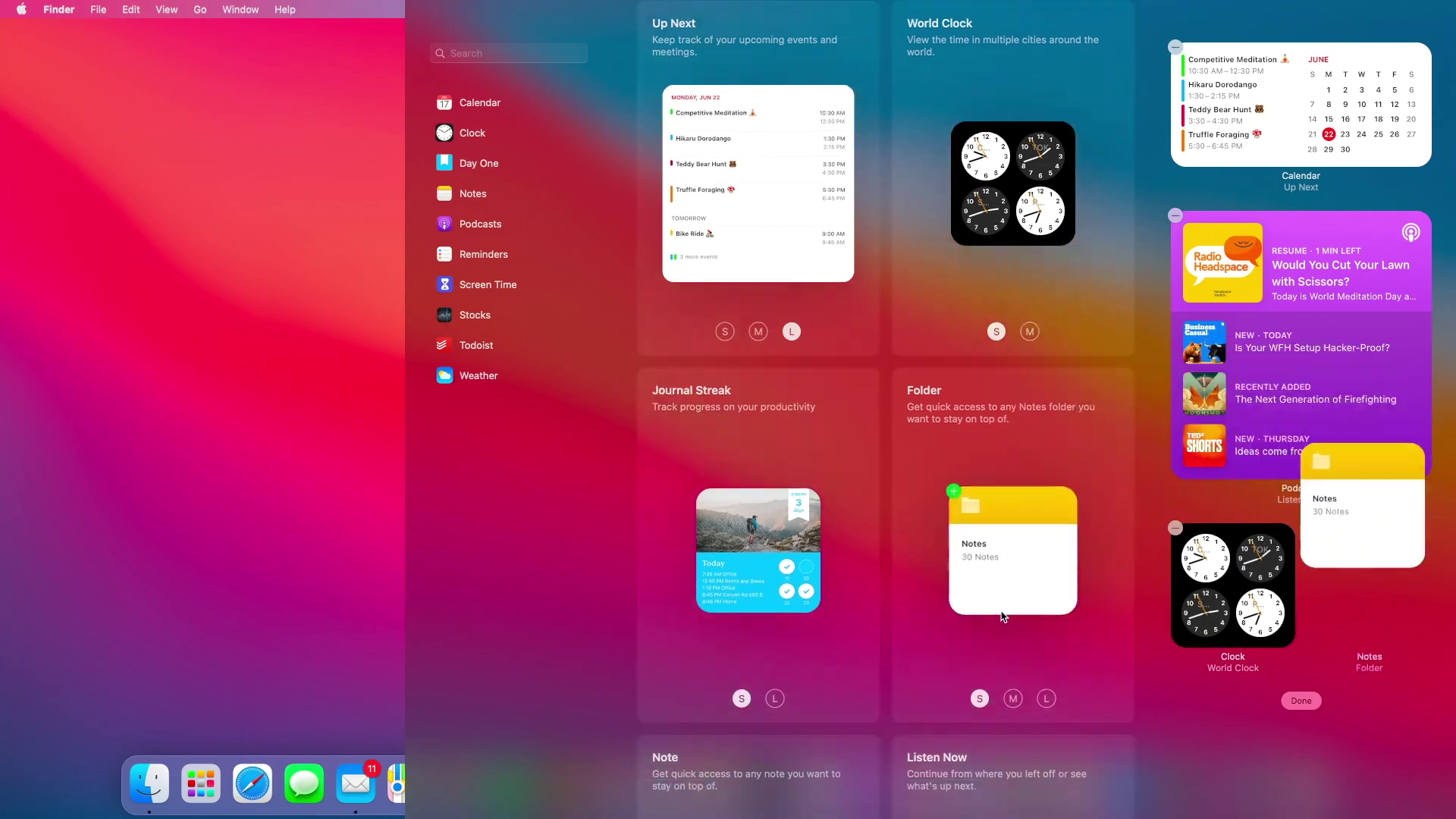

I'm missing clear information on whether they can also install the virtual Microshit Widle: If not, then it's a total showstopper, not only for me, but also for a lot of people around me...
It was the switch from PowerPC to Intel that allowed me to start working on a Mac many years ago, but without Widli it's just not possible :(
So I hope it won't be another nail in Mac's coffin (like the horror with keyboards, missing ports, nonsense called touchbar, …).
After all, virtualized Windows XP also ran on PowerPC...